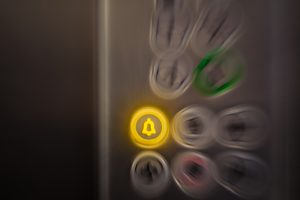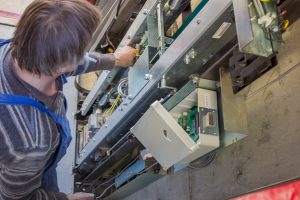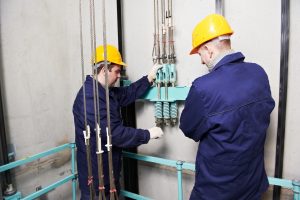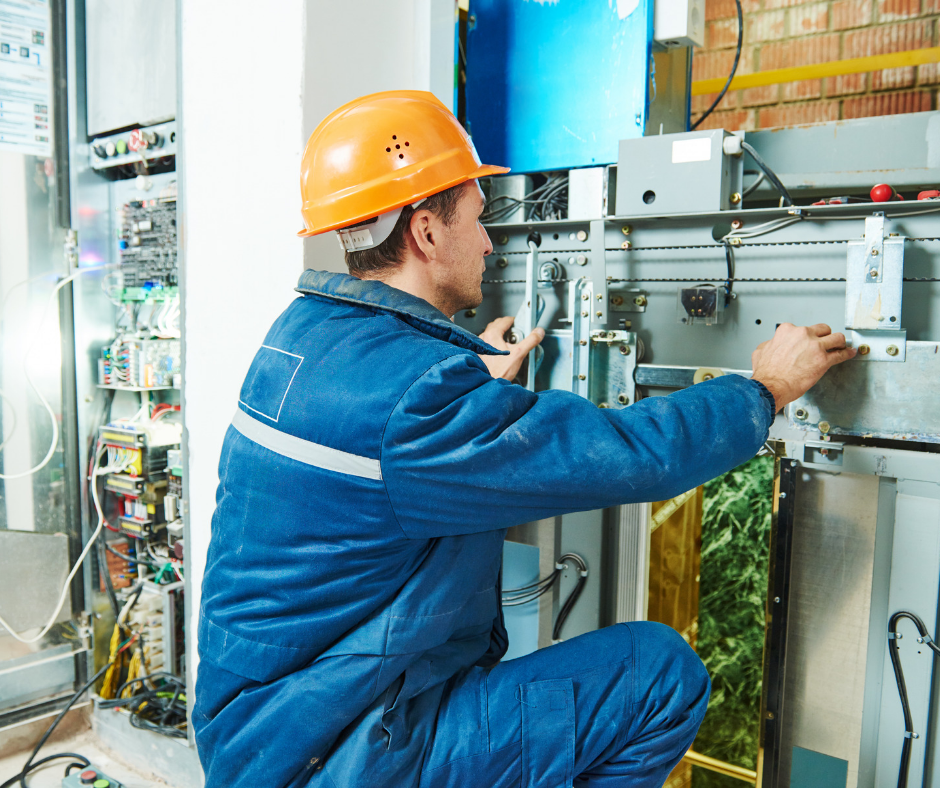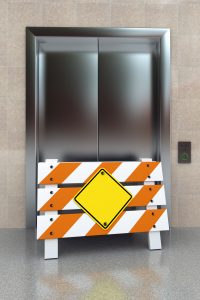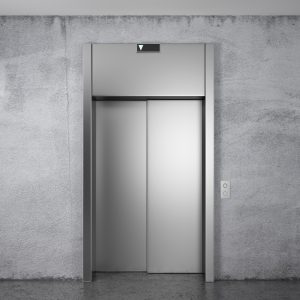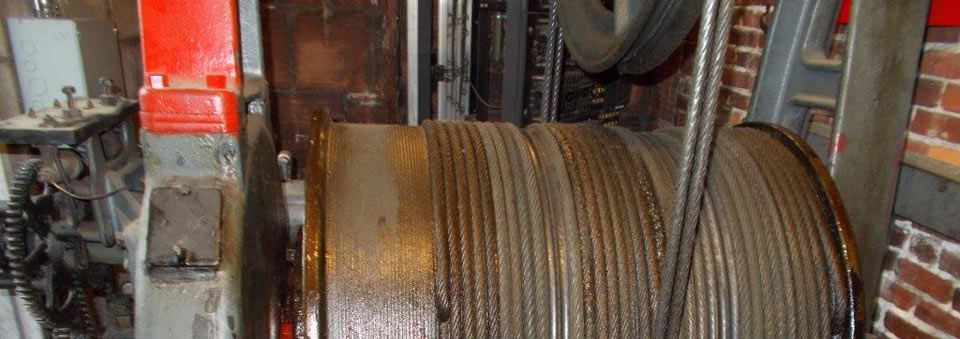Being prepared in case you are ever in an elevator during an emergency is a good idea for everyone, not just those who have a fear of elevators. Whether you use an elevator every day or are an infrequent passenger, the following are some things you should know about elevators and emergencies.
Fire
If you are in a building that has caught on fire, do not take the elevator down to ground level. While it might seem like the quickest way out of the building, doing so could put you in a dangerous situation.
If you happen to be in the elevator when a fire begins, stay calm and wait for first responders to rescue you. If you have a cell phone, or if the emergency call button still works, call for help and let the dispatcher know exactly which elevator you’re in and approximately which floor you might be near.
Lightning Storm
Just like fires, lightning storms can cause a power outage, making the elevator stop mid-ride. If you are in the elevator during a lightning storm that makes it pause, call for help and be patient. You should never try to pry the doors open or escape another way. Emergency personnel will get there, so try your best to stay calm.
Earthquake
During an earthquake, if you are in an elevator, push every floor button so it will stop as soon as possible to let people out. After you are out of the elevator, shelter in place, which means to get yourself as low to the floor as possible and crawl somewhere you can seek shelter. This could be underneath a counter, desk, table, or other piece of sturdy furniture.
Malfunction
Sometimes an elevator just malfunctions. It may not be an actual emergency, but to the people stuck inside, it will certainly feel like one. Regardless of the reason you’re stuck, you should push the emergency call button for help. Resist the urge to pry the doors open. Instead, move to the center of the car and try your best to relax. You shouldn’t jump or wiggle the car and you shouldn’t climb on the railings to look for an escape route. When help arrives, emergency responders will get you to safety.
Learning More
To learn more about elevators and emergencies, seek the help of the professionals. Contact Keystone Elevator by calling 781-277-4655 or emailing us today.

